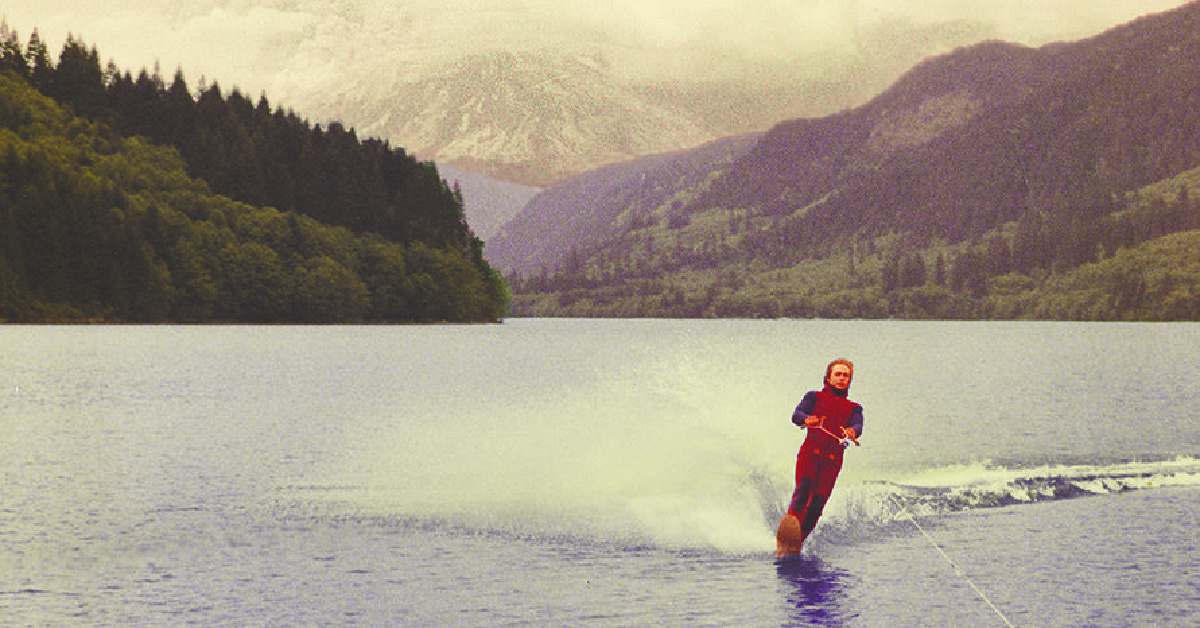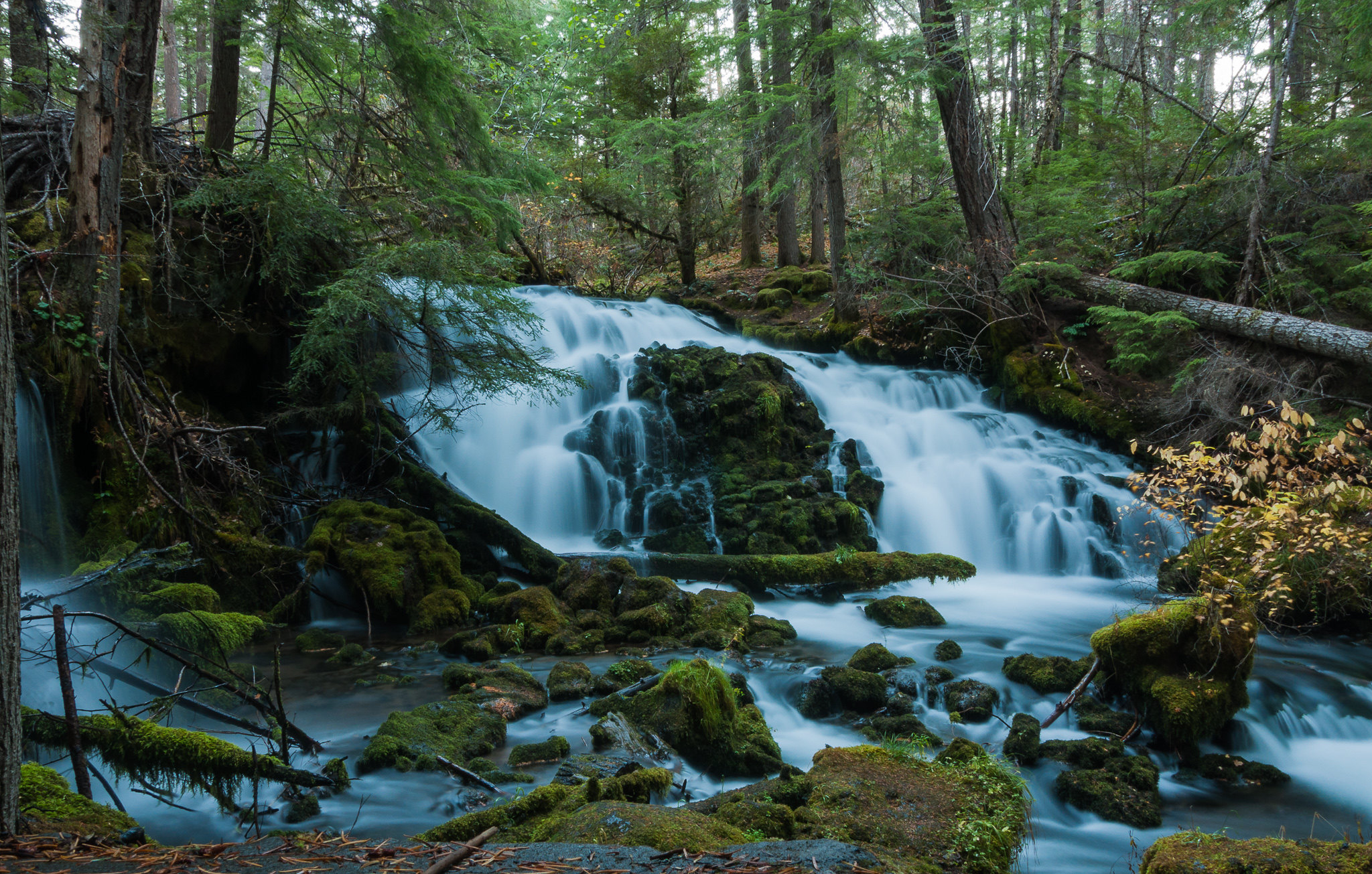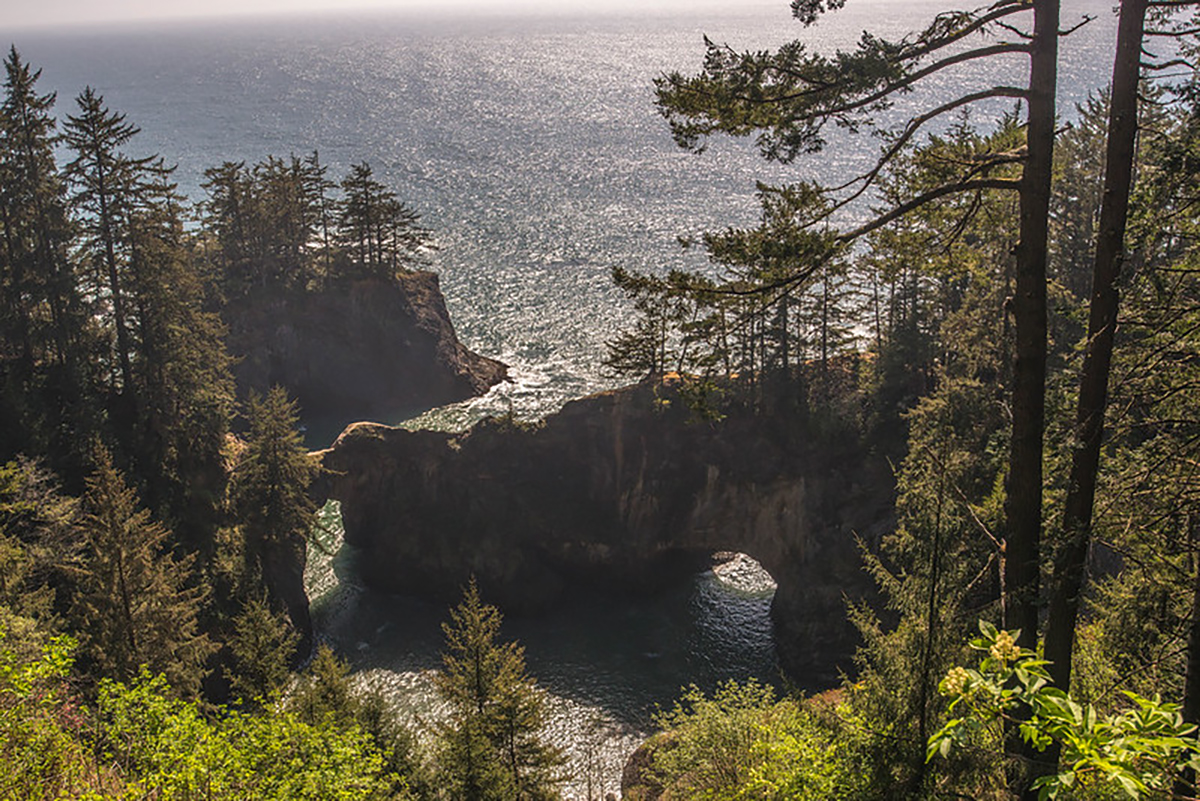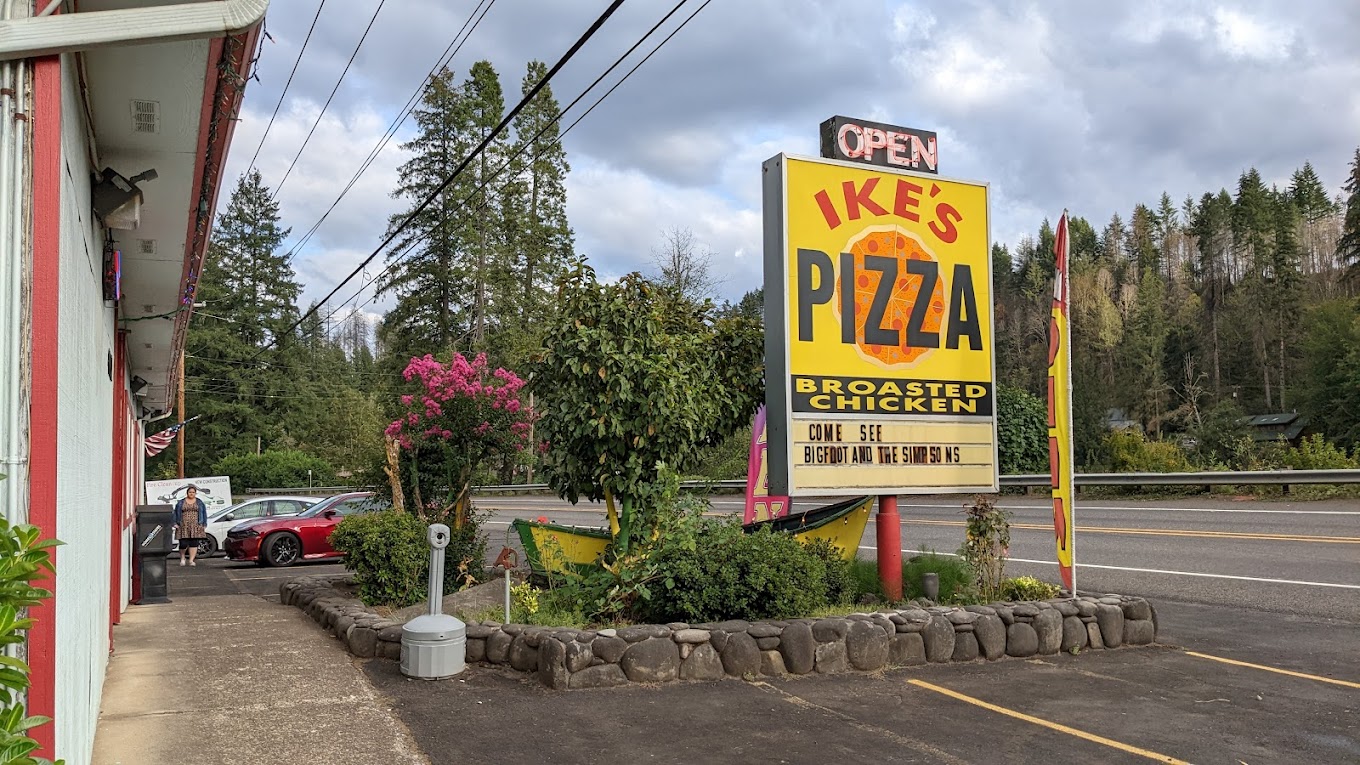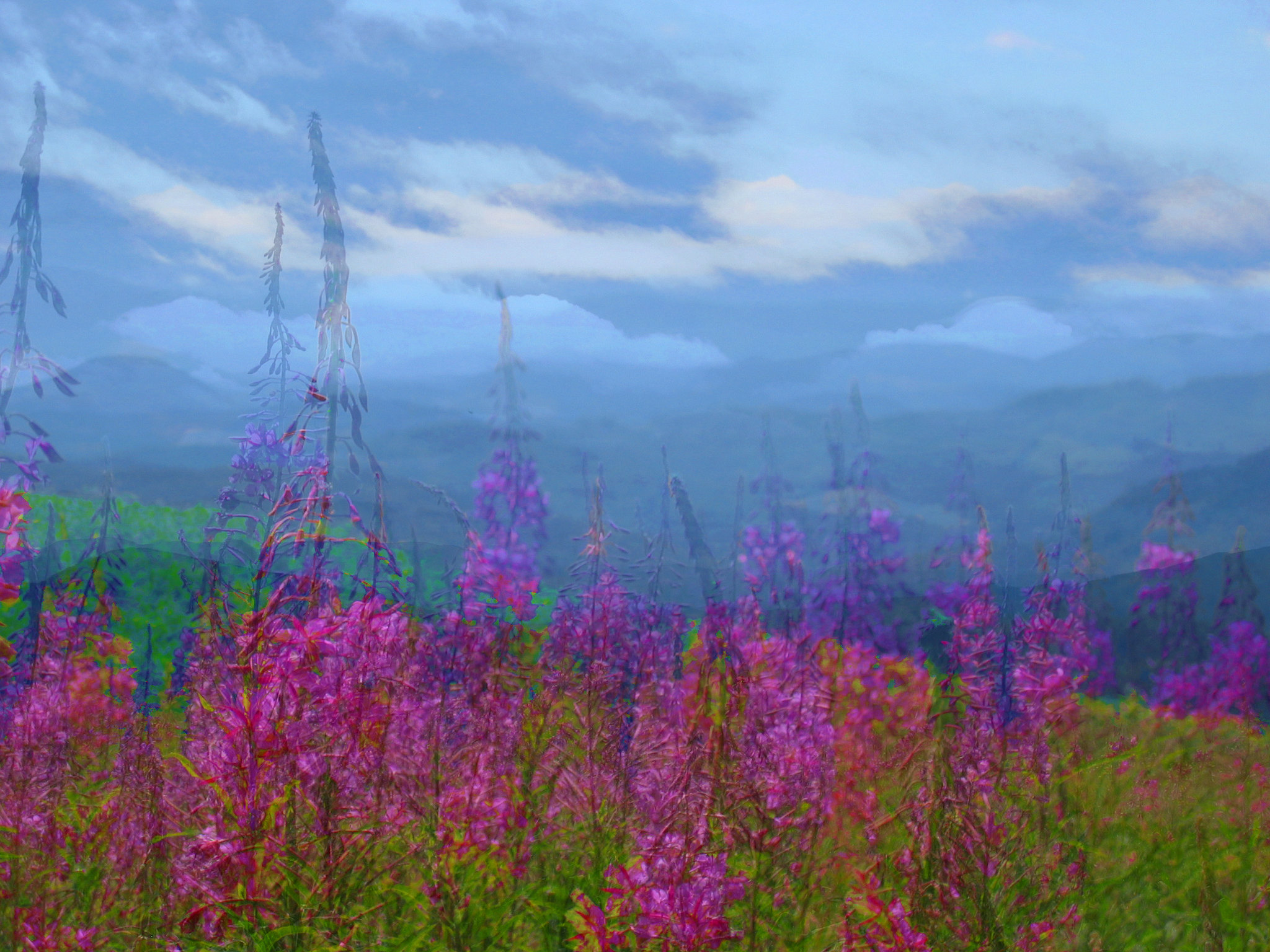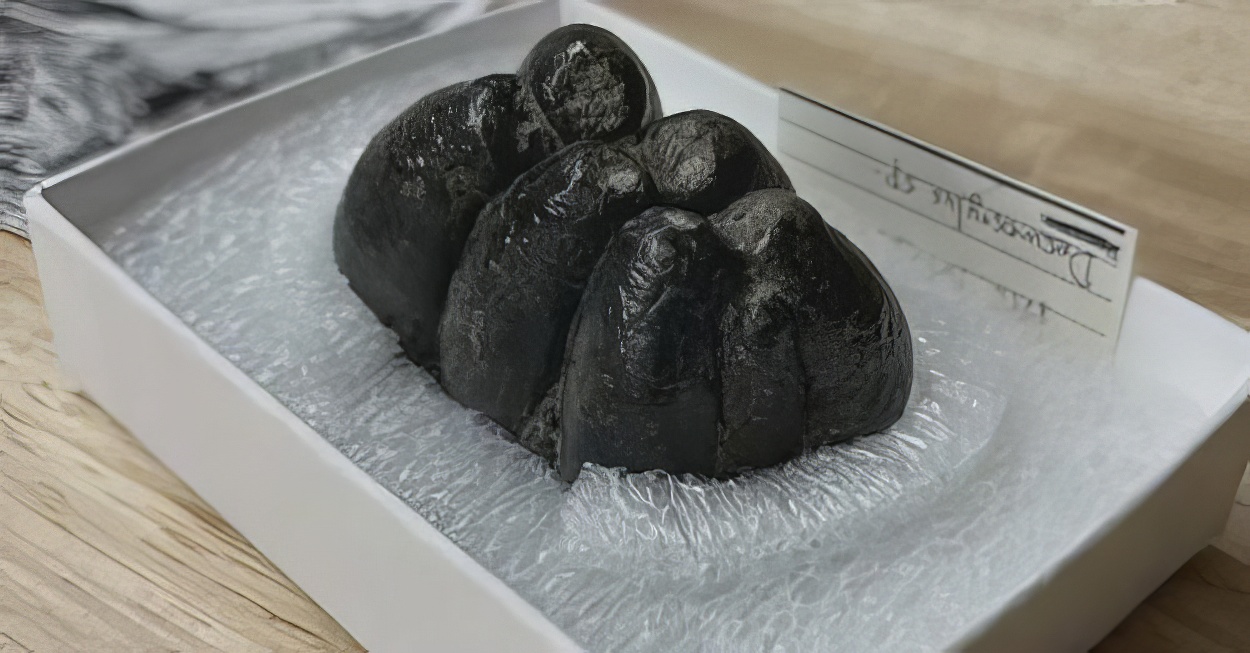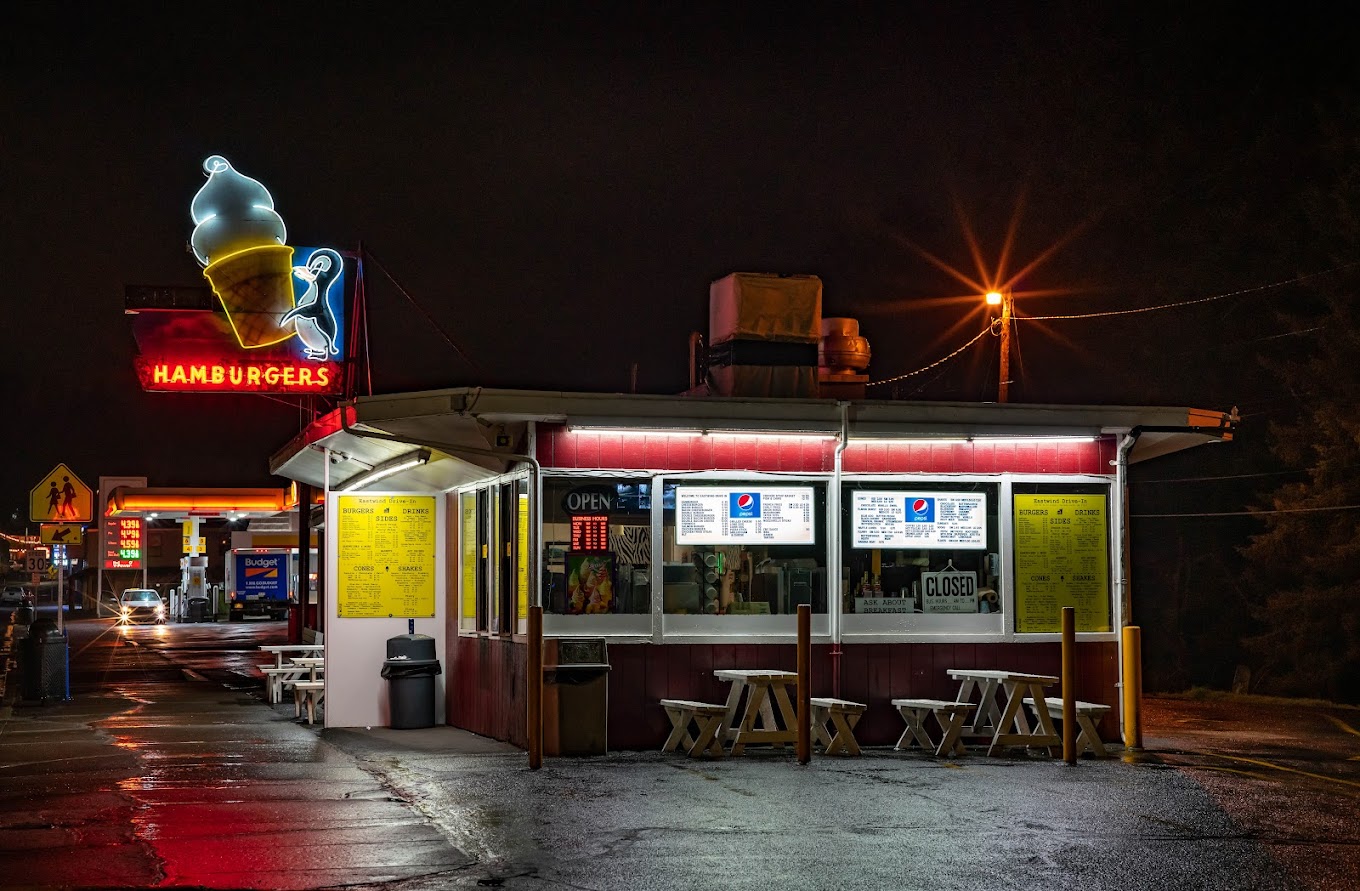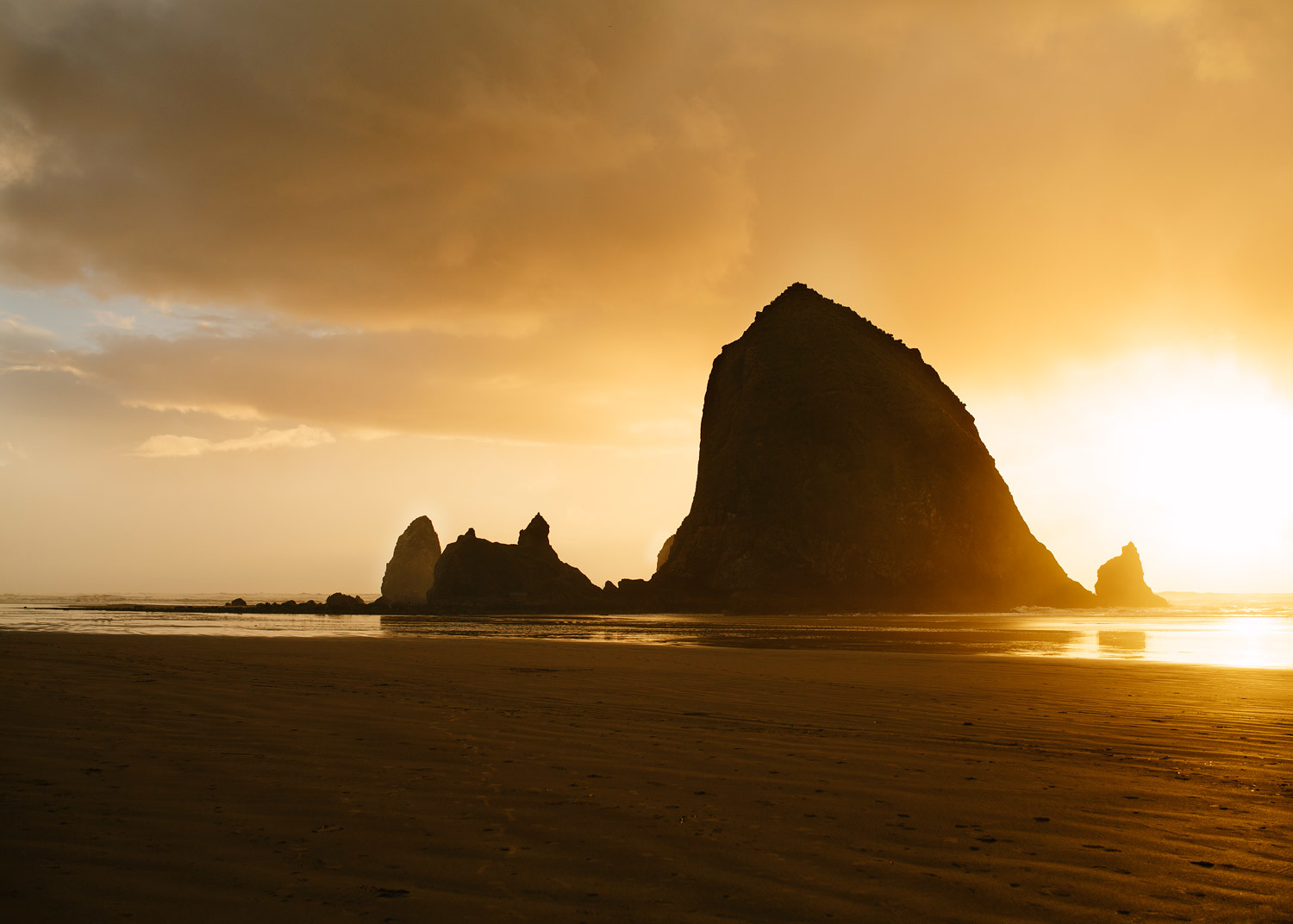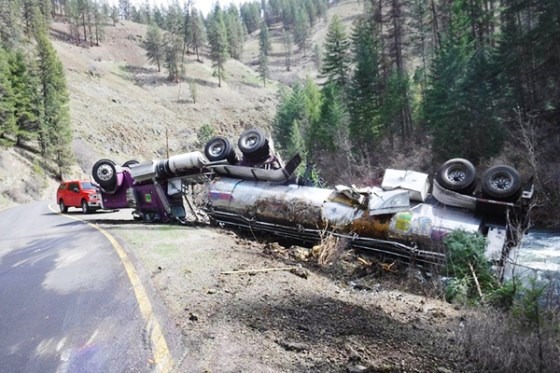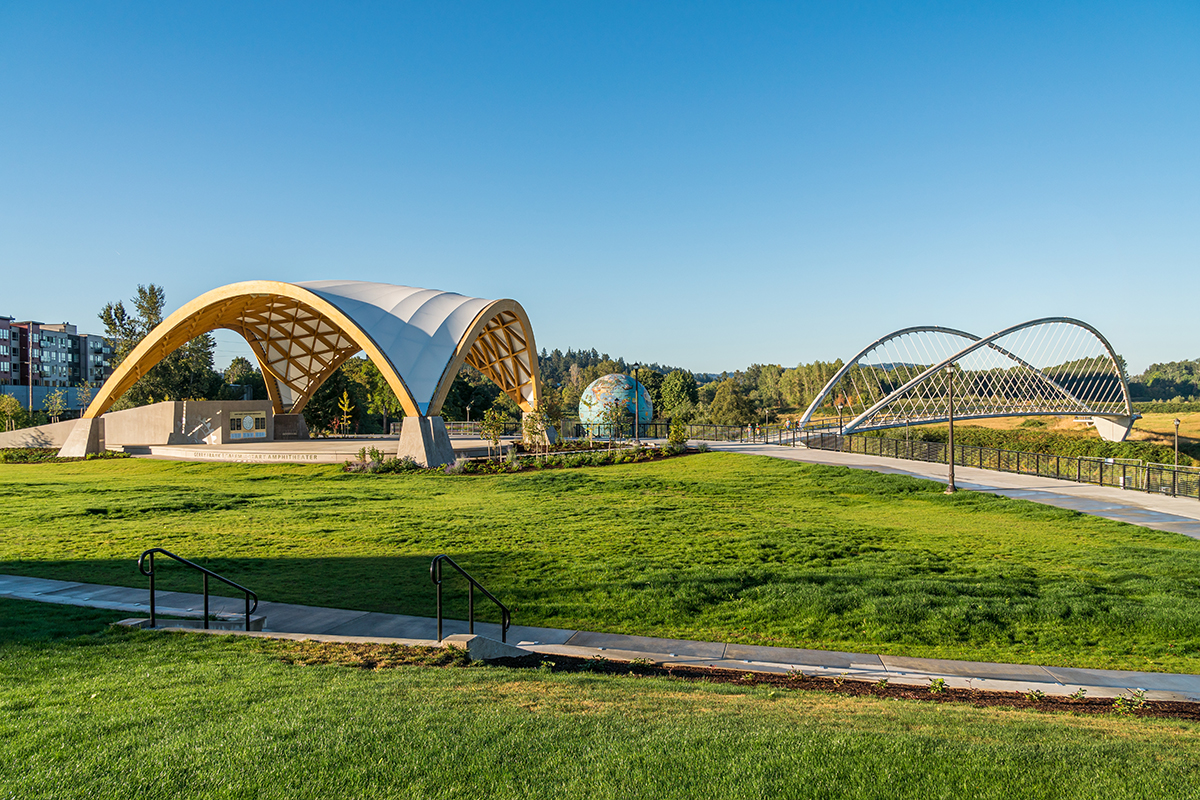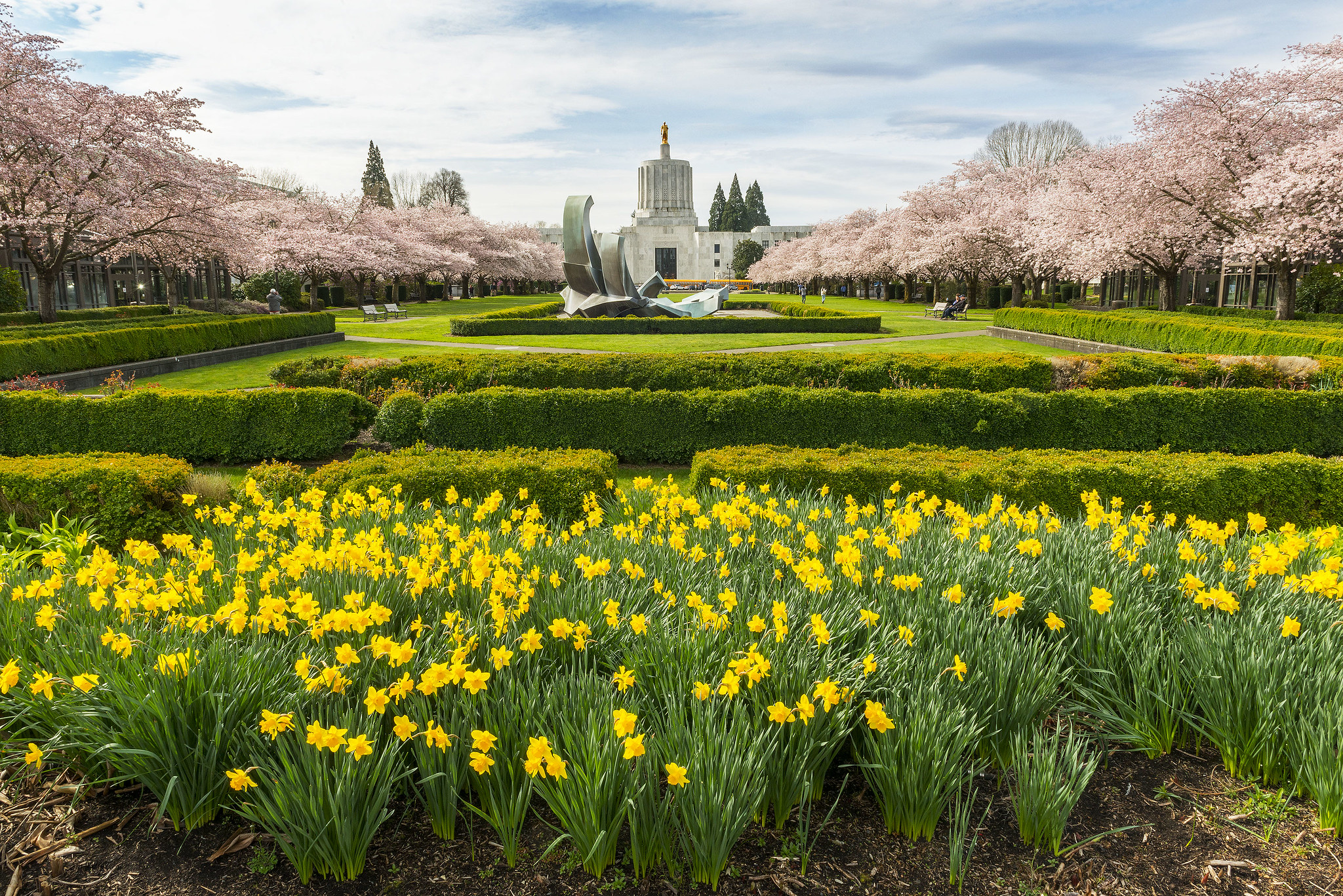So, I stumbled upon this mind-blowing photo on an Instagram page called pnwcompass, and let me tell you, it stopped me in my tracks as I mindlessly scrolled. It was this epic shot of the 1980 Mount St. Helens eruption, and it looked so unreal that I just had to dig deeper and find out more.
Turns out, there's this wild story about a guy named Jim Hobson and his buddies who were out water skiing at Yale Reservoir, launched from Saddle Dam Park, on May 17, 1980. These guys, including Robert Morgan, Ralph Morgan, and Dave Pritchard, were just having a blast skiing all day and set up camp at Siouxon Creek for the night. Little did they know, they were in for a huge surprise the next morning.
So, the next day, May 18, they wake up and get ready for another round of skiing. But guess what? They had no clue that Mount St. Helens was erupting right beside them! They couldn't see the mountain from their campsite, so they were totally oblivious until they skied into view of the eruption. Can you imagine? They just stopped their boat and stared at this massive eruption happening right before their eyes.
Now, here's the crazy part – instead of high-tailing it out of there, they actually moved their camp to get a better view of the eruption and spent the whole day skiing and watching this volcanic spectacle. Talk about fearless, or maybe just a bit crazy, right?
Hobson recounts that on the morning of the eruption, their campsite didn't offer a view of Mount St. Helens. He explains, “Where we were camped, there is no view of the mountain, so when we went out for our morning ski we were not aware of the eruption,” adding, “As we skied into view of the mountain and saw the eruption, we stopped the boat and sat there staring for a while.’’
Regarding their decision not to flee immediately after witnessing the volcanic eruption, Hobson reflects on their youth, saying, “I was 19 years old, friends were 19 and younger,” and remarks on their mindset at the time: “Young males not thinking about anything but having fun.”
After the eruption, the area they were in got restricted, but it didn't really change much for them. This eruption was a pretty big deal, the first of its kind in the contiguous 48 U.S. states since 1915 when Lassen Peak in California erupted. Leading up to this, Mount St. Helens had been showing signs for about 67 months with earthquakes and steam-venting because of the magma building up underneath.
Then, on that fateful morning at 8:32 a.m., an earthquake caused this massive landslide – the biggest ever recorded. This landslide opened up the volcano, leading to a massive explosion of lava and rock shooting out towards Spirit Lake.
Looking back, Jim Hobson chalks up their decision to stay and watch to their youthful, carefree mindset. They were just a bunch of teenagers out for a good time, not thinking about the dangers. Kinda makes you think about the crazy things we do when we're young, right? Anyway, that's the story behind that incredible photo I saw – nature is truly astonishing!
FAQ about Mount St. Helens
Q: When did the famous Mount St. Helens eruption occur?
A: The most renowned eruption of Mount St. Helens occurred on May 18, 1980.
Q: How did the Mount St. Helens eruption affect Oregon?
A: The eruption impacted Oregon significantly, primarily through the spread of ashfall. Cities like Portland and Bend experienced ashfall, which affected air quality, transportation, and daily life. The eruption also served as a crucial wake-up call for volcanic hazard preparedness in Oregon.
Q: What caused the Mount St. Helens eruption?
A: The eruption was triggered by a magnitude 5.1 earthquake that caused a massive landslide, subsequently exposing the volcano's gas-rich, partly molten interior to lower pressure, leading to the explosive eruption.
Q: How significant was the 1980 eruption of Mount St. Helens?
A: This eruption was the most significant volcanic event in the contiguous United States since the 1915 eruption of Lassen Peak in California. It was notable for its size, the extent of its impact, and the volume of ash and material ejected.
Q: Were there any precursors to the 1980 eruption?
A: Yes, the eruption was preceded by a 67-month period of seismic activity and steam venting, indicating the buildup of magma within the volcano.
Q: What was the impact of the eruption?
A: The eruption had a profound environmental and economic impact. It resulted in the loss of 57 lives, destruction of homes, infrastructure, and large swaths of forest, and significant changes to the landscape around the volcano.
Q: Is Mount St. Helens still active?
A: Yes, Mount St. Helens remains an active volcano. Since the 1980 eruption, it has had several smaller eruptions and periods of activity.
Q: Can visitors go to Mount St. Helens?
A: Yes, Mount St. Helens is accessible to visitors. The Mount St. Helens National Volcanic Monument offers opportunities for hiking, education, and observing the recovery and landscape changes following the eruption.
Q: What safety precautions should be taken when visiting Mount St. Helens?
A: Visitors should stay informed about the current volcanic activity, follow park rules and guidelines, stay on designated trails, and be prepared for changing weather conditions.
Q: Has the ecosystem around Mount St. Helens recovered since the eruption?
A: The ecosystem around Mount St. Helens has been recovering, showing remarkable resilience. The area has become a living laboratory for studying ecological recovery and succession.
Q: What are some key lessons learned from the Mount St. Helens eruption?
A: The eruption has provided valuable insights into volcanic activity, disaster preparedness, and ecological recovery. It has also underscored the importance of monitoring and understanding volcanic systems to mitigate impacts of future eruptions.

